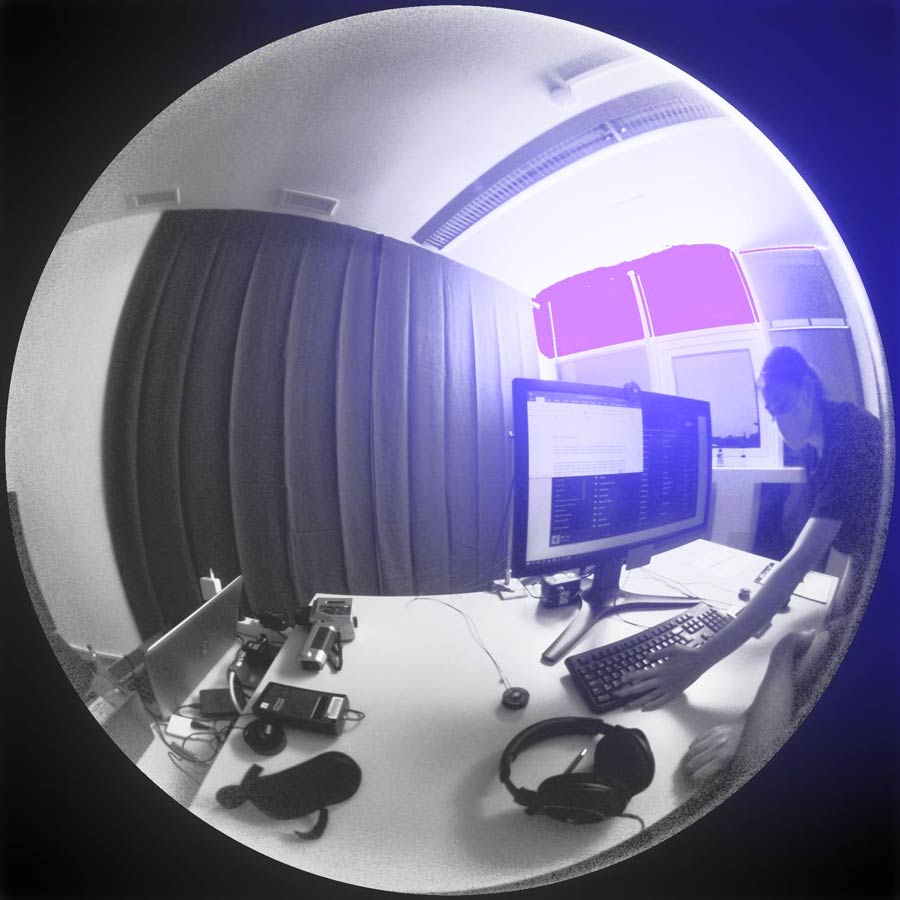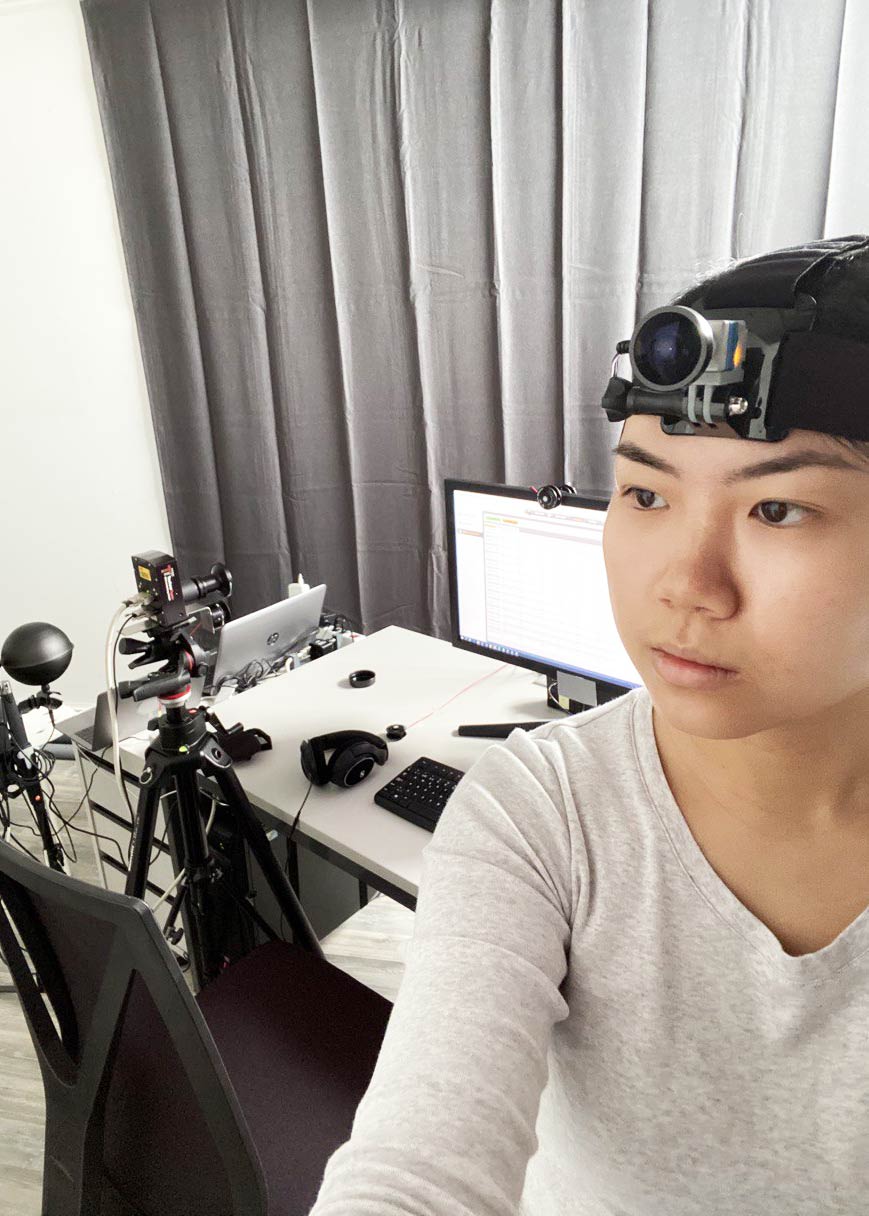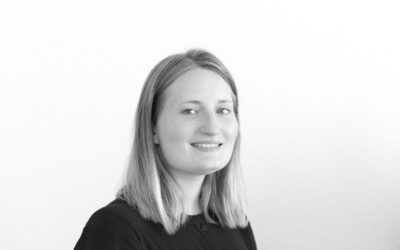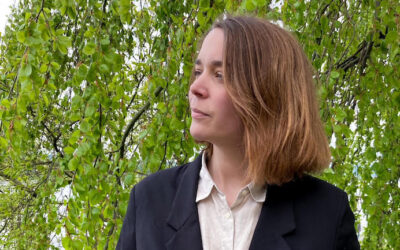The Daylight Award Community
Geraldine Quek
EPFL (École polytechnique fédérale de Lausanne)
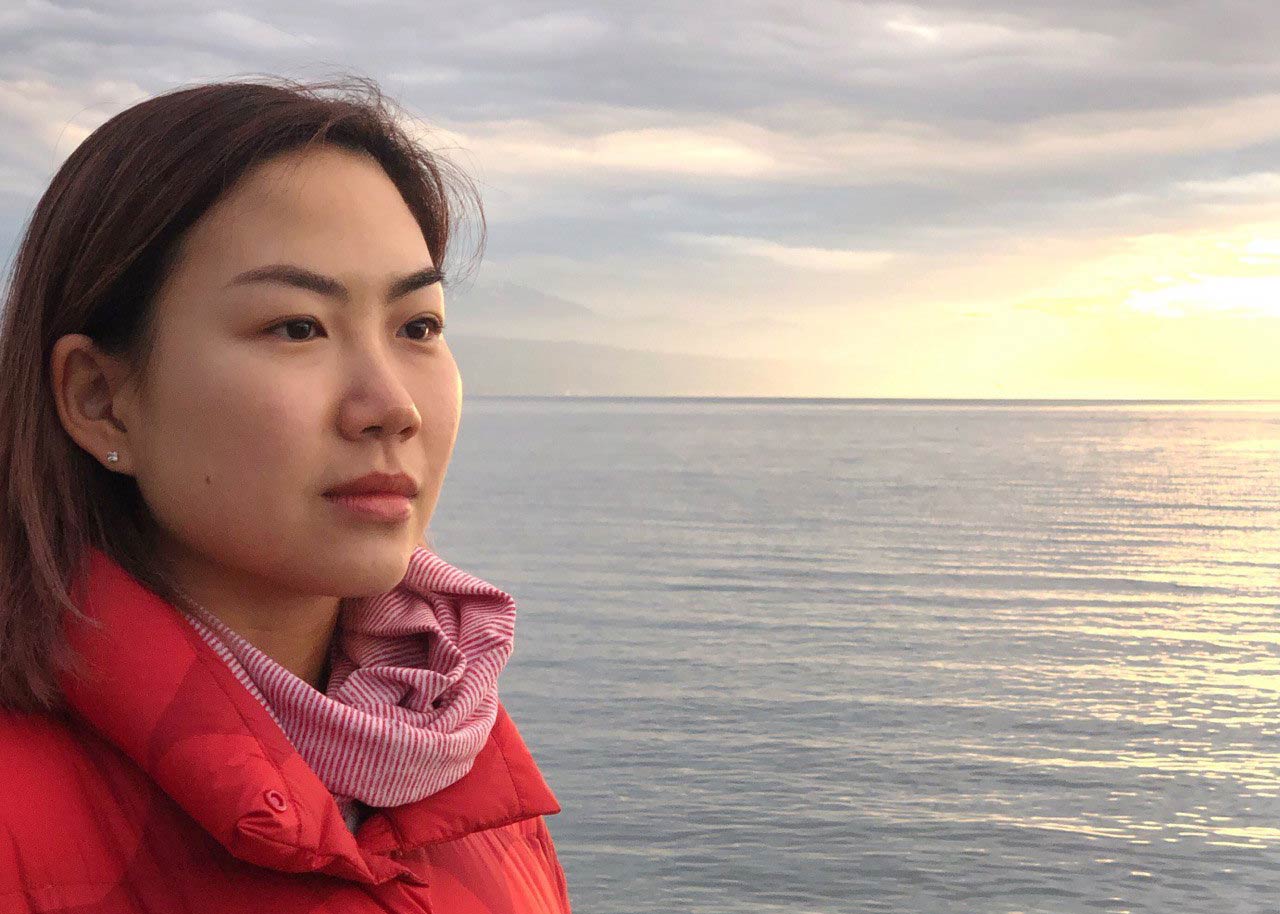
FEATURE
What does daylight mean to you?
For me, I think of daylight as a double-edged sword. The fascination of where and when daylight meets architecture is what intrigues me – daylight in interiors can directly impact people’s comfort, health, and well-being. On one hand, when well-regulated, sufficient daylight can light up dark interiors, entrain our circadian health and offer thermally and visually comfortable spaces for work, play and rest. However, excessive daylight may cause over-heating, uncomfortable glare leading to increased energy use to compensate for the discomfort. How can designers consider this delicate balance of occupant comfort in daylit interior spaces? To design comfortable daylit spaces in the digital age, we have to improve our knowledge on the threshold between comfort and discomfort and use evidence-based workflows. In my Ph.D. research, I aim to extend the applicability of prediction metrics for discomfort glare from daylight through targeted user studies.
How did your interest in the subject rise?
My interest in daylighting arose during my architectural education, where daylight was a recurring theme in my studio projects and electives, qualitatively at first, then quantitatively using daylighting simulations. During one of our advanced electives on lighting taught by Prof. John Alstan Jakubiec, I remember being most excited when we replicated the daylighting in the Couvent Sainte-Marie de la Tourette designed by Le Corbusier through simulations. I was then interested in the subjective perceptions of people towards different lighting qualities, which I focused on in my master’s thesis. After my formal studies, I continued researching daylighting in Singapore under the tutelage of Prof. Jakubiec, building calibrated climate-based daylighting models for long-term visual quality evaluations through one-time measurements of office buildings. All of this has led to my current Ph.D. research topic at the Laboratory of Integrated Performance in Design (LIPID), where I’m collaborating with Prof. Marilyne Andersen and Dr. Jan Wienold to improve visual comfort prediction metrics using semi-controlled user studies.
How do you work with daylight in your research?
Through user studies in office-like test rooms with various luminous conditions designed to extend the available glare datasets, we ask participants to report the degree of discomfort glare they experience. The luminous distribution from their field of view is captured using high-dynamic-range images as well as other photometric measurements. By examining the proportional relationships between users’ discomfort glare and the photometric measurements in these luminous situations, my current research aims to improve discomfort glare prediction in dim daylit conditions.
Which project/publication describes your work the best?
The most current journal article I have written, which is:
Quek, Geraldine, Jan Wienold, Mandana Sarey Khanie, Evyatar Erell, Eran Kaftan, Athanasios Tzempelikos, Iason Konstantzos, Jens Christoffersen, Tilmann Kuhn, and Marilyne Andersen. 2021. “Comparing Performance of Discomfort Glare Metrics in High and Low Adaptation Levels.” Building and Environment 206 (December): 108335. https://doi.org/10.1016/j.buildenv.2021.108335.
According to you, what is the most important focus for the future?
Other than advancing occupant comfort research, I think it is pertinent to educate present and future architects to consider occupant comfort from the get-go, in the early design phases of their projects. Whether for a refurbishment of an existing building or designing buildings from scratch, pushing the boundaries of occupant comfort through creative data-driven form-finding processes specific to the climate can have significant long-term reductions in energy demands.


© Lisa Heschong
Lisa Heschong’s book, “Visual Delight in Architecture”, has been an inspiring read lately, I flip through whenever I may feel uninspired. I thoroughly enjoyed reading her “Thermal Delight in Architecture” when I was a master’s student.
I remember meeting her in person at Velux Daylight Symposium in 2019 in Paris. It was a delight conversing with her (or trying to!).
Quek, Geraldine, and J. Alstan Jakubiec. 2019. “Calibration and Validation of Climate-Based Daylighting Models Based on One-Time Field Measurements: Office Buildings in the Tropics.” LEUKOS 17 (1): 75–90. https://doi.org/10.1080/15502724.2019.1570852.
Quek, Geraldine, Jan Wienold, and Marilyne Andersen. 2021. “User Evaluations of Contrast-Dominant Discomfort Glare in Dim Daylit Scenarios: Preliminary Findings.” In CIE 2021 Midterm Meeting & Conference. Kuala Lumpur, Malaysia. https://doi.org/10.25039/x48.2021.OP22.
Quek, Geraldine, Jan Wienold, Mandana Sarey Khanie, Evyatar Erell, Eran Kaftan, Athanasios Tzempelikos, Iason Konstantzos, Jens Christoffersen, Tilmann Kuhn, and Marilyne Andersen. 2021. “Comparing Performance of Discomfort Glare Metrics in High and Low Adaptation Levels.” Building and Environment 206 (December): 108335. https://doi.org/10.1016/j.buildenv.2021.108335

